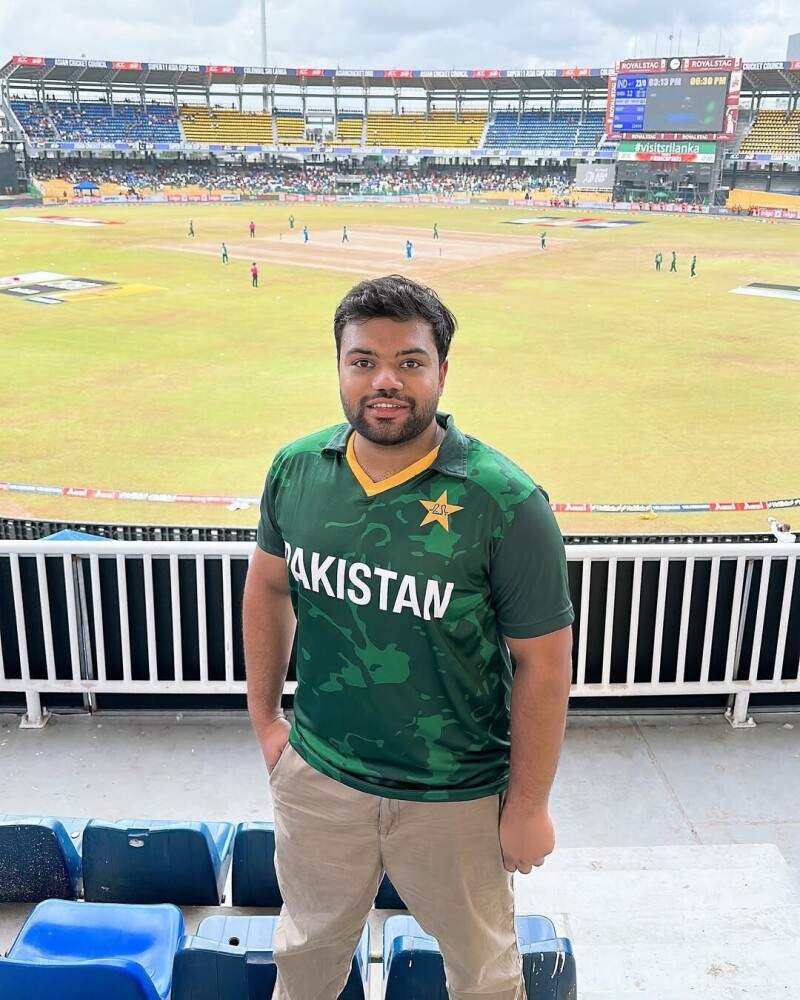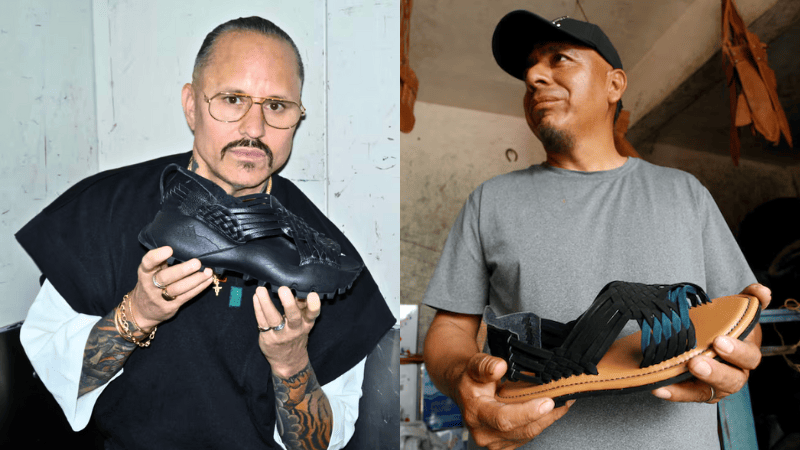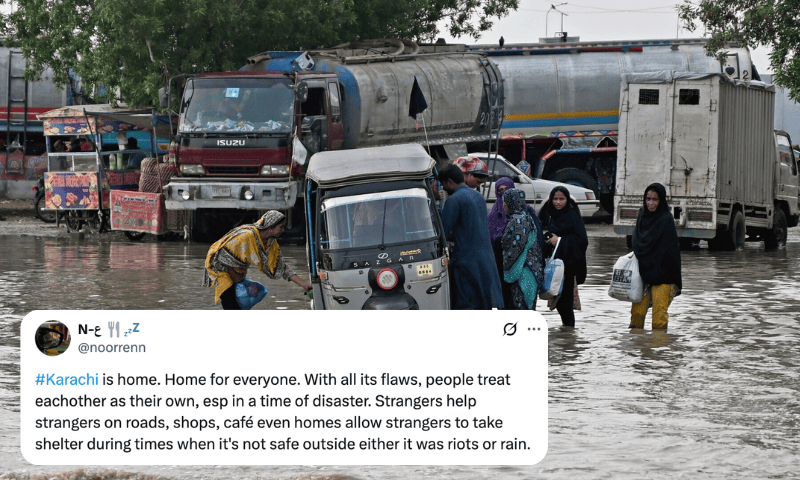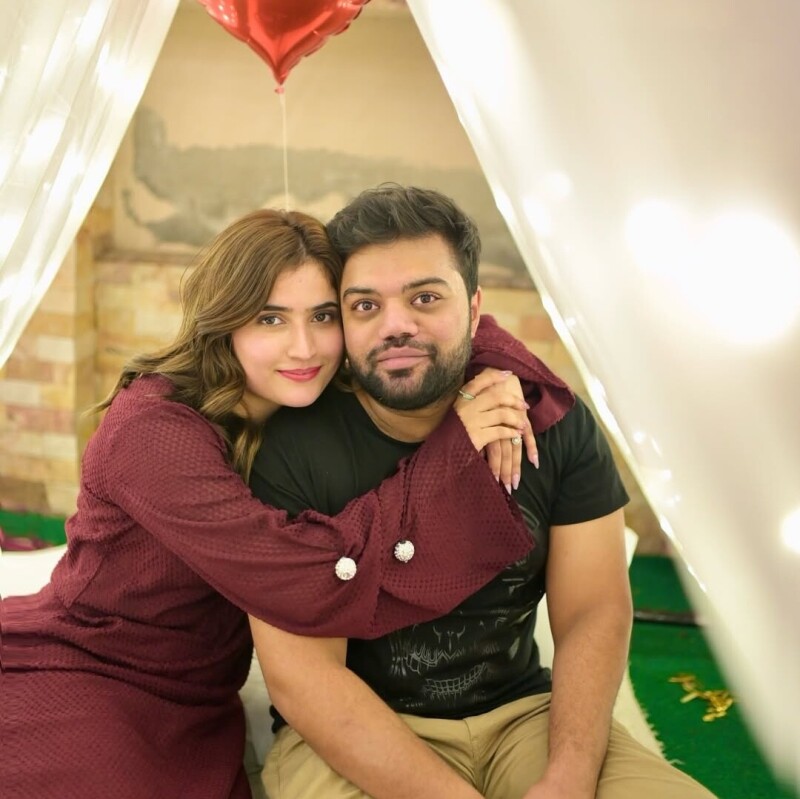In Pakistani fashion's retail space, only savvy designers thrive
It’s a week for shop openings, with Farah Talib Aziz (FTA) opening her first retail outlet near Mews in Karachi and Deepak Perwani setting up a grand appointment-only bridal studio. Both openings came with the usual hype and hoopla.
FTA, with her masses of regular clientele, hosted a tea where guests could drift through the designer’s latest luxury-wear. There were handworked tunics, velvet waistcoats and as expected, a whole lotta flower power!
Deepak Perwani, meanwhile, hosted a fashion presentation of his bridal designs, giving the media plenty of time to admire his classy new space, to take pictures with an installation of truck-arty DPhilosophy mannequins and gaze at the years and years of fashion history created by him, now framed on the walls. He then followed the evening up with a party that ran well into the night.
As Tariq Amin, flying in from Islamabad to work his magic on the models in the fashion show, quipped, “What’s the point of an event if there’s no ‘after’ to it?”
As one of the city’s most veteran designers, Deepak knows everybody who’s anybody and when he decides to crack open the bubbly, the entire fashion fraternity turns up in droves.
“A separate bridal studio was the need of the hour,” he explained. “Customers paying considerably for bridal designs want to meet the designer and discuss their particular requirements. We complete 25 years in the business in 2018 and this space was just the next step for me.”
The Deepak Perwani stores, in Karachi and Lahore, will continue to stock the designer’s prêt, evening formals and light off-the-rack wedding wear, bolstered by regular fashion week showcases.

According to fashion’s ever rampant grapevine, many more launches are to follow.
Elan plans to finally open a standalone store in Karachi, HSY and Deepak Perwani have been hinting at more retail expansion, Zaheer Abbas opens his first store in Karachi shortly, Zainab Chottani has her sights on Lahore and in the high street, Lakhany Silk Mills is considering the route for prêt retail. One can also expect the usual outcroppings of Khaadi and Sapphire stores throughout the year, fostered by a number of colossal malls dotting major cities.
It is important to remember, though, that designer stores have also been closing down – or relocating. Shamaeel Ansari’s store near Karachi’s E-Street has been re-routed to the designer’s home from where she had long operated. Shamaeel is working on a new outlet, but in the meantime her clothes continue to sell very well.
She has always had a head for business and with consistent fashion week shows in London as well as locally and very regular exhibits across the country as well as in Dubai, Singapore and London, her designs have been flying off the racks.
Similarly, Nida Azwer continues to maintain a glossy store in Lahore but the Karachi outlet at Ocean Mall has closed, shifting base to Nida’s studio. “Most of our clients have always preferred to come to our studio.” Nida has been known to say and a random visit reveals an atelier that is stocked choc-a-bloc with beautiful evening formals, wedding-wear and very wearable prêt. This exemplifies that regardless of location, it is imperative within retail’s fabric for a designer to remain consistent.
Consistency is key
Case in point: the closure of Feeha Jamshed’s store near Mews, now replaced by an enterprising FTA. Feeha is undeniably one of fashion’s finest young sparks but health concerns lead her to close down her outlet, opened less than two years ago in the summer of 2015. There was a brilliant fashion week outing – Bob Squad – at the PFDC Sunsilk Fashion Week last year and one kept admiring actress Mahira Khan, often seen in some of Feeha’s latest designs. Yet, the store floundered. Knowing Feeha, though, one hopes for her to bounce back with more standout fashion soon.

One also hopes for this because Feeha is also one of the few designers with a penchant for originality, a trait which is increasingly rare to find in local fashion circles. But where aesthetics may vary from the occasionally creative to the usually ‘inspired’, most designers are increasingly getting very business-savvy, treading distinctive paths into retail.
For instance, the FTA label may yet to show at fashion weeks but it has adroitly mastered the art of social media marketing.
The hottest Instagram accounts are enlisted to carry behind-the-scenes imagery from Farah Talib Aziz shoots, weekend magazine covers are booked well in advance and Farah, who had been operating from her home until now, made sure that she reached out to the world with regular exhibits interspersed between her ongoing business for bridals. From seasonal exhibits to capsule lines at major multi-label stores, Farah’s designs were easily made available to a burgeoning enthusiastic market.
“People would come to our studio for bridal orders and also want to buy lighter formals off the rack,” explains Maliha Aziz. “This is what basically prompted us to set up a retail space of our own. The clothes are high-end, with the distinctive FTA signature and we will constantly be bringing in new designs, stocking about 85 designs at a time. We also plan to continue with our exhibits in Lahore, Islamabad and Dubai.”

Within the high street, Agha Noor presents an ideal example. Fashion snobs may turn up their noses at the label but there’s no denying its popularity. Come mid-week, one sees consistent crowds thronging the store, knowing that the new weekly shipment of clothes has just come in. Is it bona fide cutting edge fashion? Not at all. Is it great quality? Usually, no. Are the designs usually replicated from couture labels? Yes, but that is the unfortunate case with most local labels.
Regardless, Agha Noor’s business model is impressive. The brand doesn’t have the clout and finances of a textile mill backing it up nor does it boast the aspirational value of high fashion and yet, through regular stock and phenomenal pricing, it’s raking in the sales far better than many of its savvier contenders.
Retail’s many faces
There are many more nuances to local fashion retail. Lahore-based Farida Hasan is yet to traverse the fashion week route but still manages to do very well with regular stock and exhibits at multi-labels in Lahore, Karachi and Islamabad. Designer Sanam Chaudhri has lately taken a fashion week sabbatical, spurring business forward with exhibitions and fashion shoots.
Designer Nomi Ansari prefers to operate via his studio, staying true to his love for bridal-wear and formals rather than allowing his signature to weaken by focusing too much onto ready-to-wear. Within bridal couture, he continues to innovate, his work is visible through fashion shoots, fashion week showcases and social media coverage.
“It’s important to keep bringing in new designs,” says Umair Tabani, the business whiz behind Sania Maskatiya, with two stores in Karachi and another in Lahore. “We restock constantly and place a lot of emphasis on festival collections. Customers keep coming in when they know that there are new clothes on the racks.”
Profit margins vary as do the size of businesses but ultimately, consistently new collections are key to a thriving business in fashion. Fashion’s spiraling fast, getting bigger, savvier, slicker – designers have to keep pace with it or risk fading out.














Comments